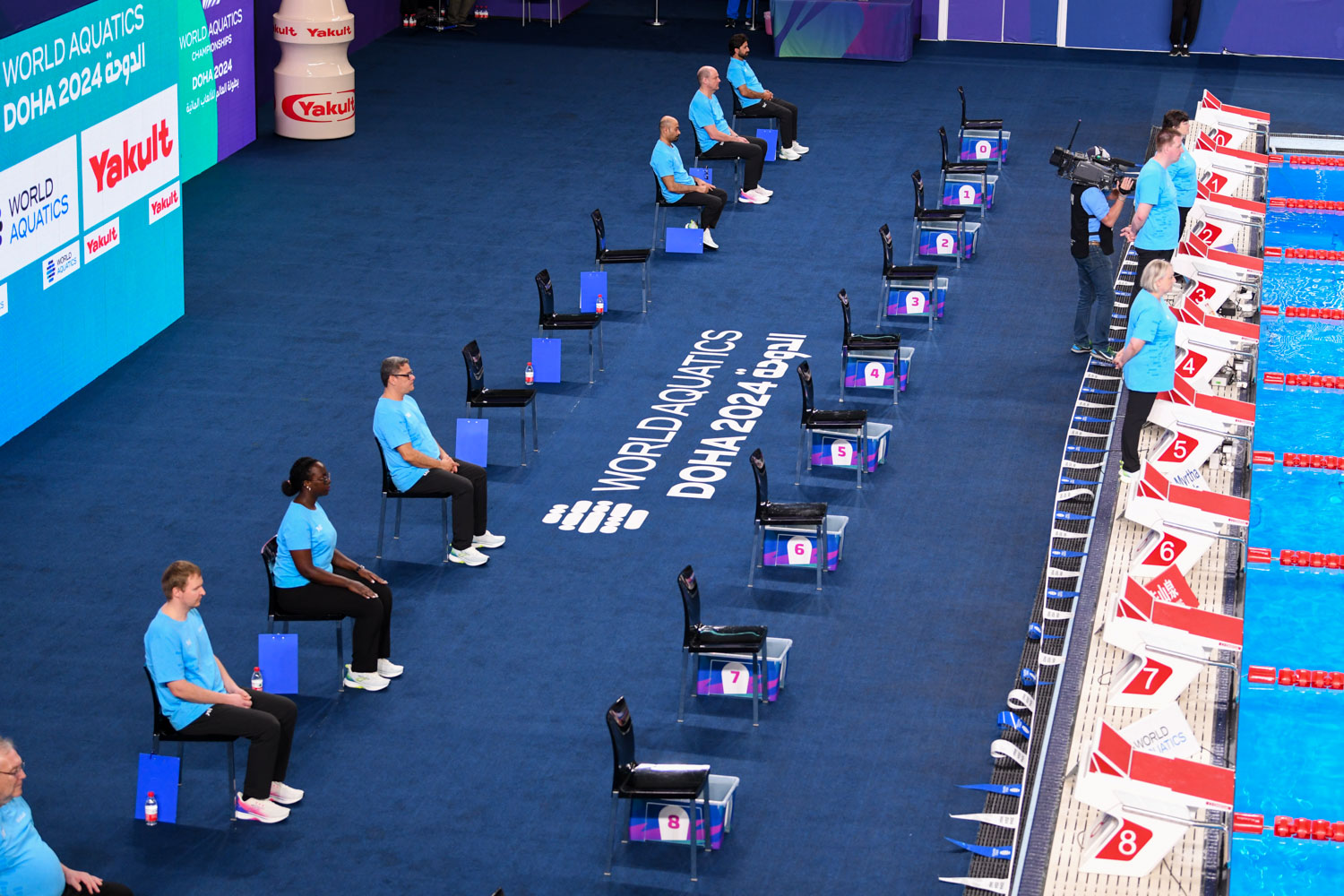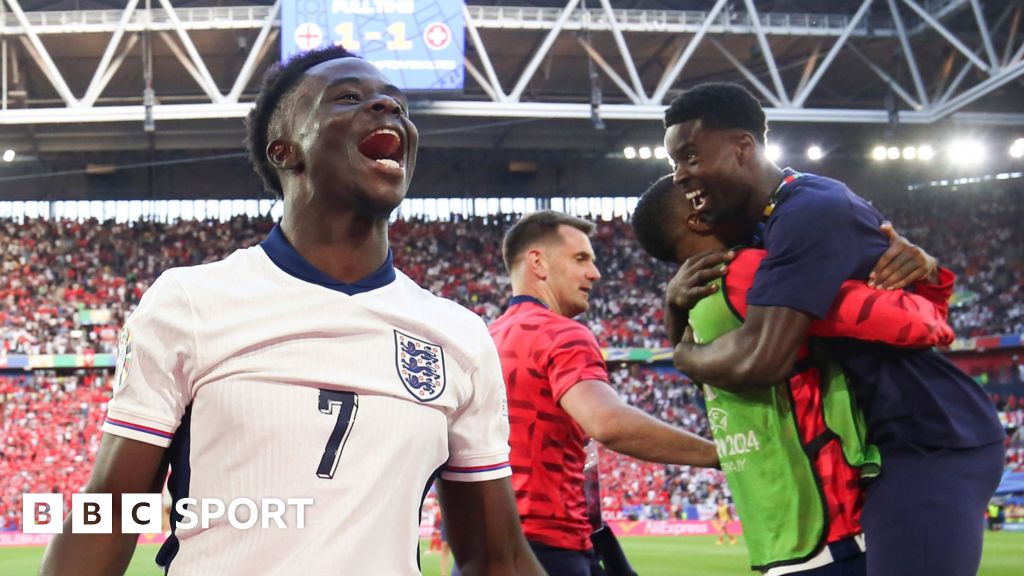The World Aquatics Bureau has formed a committee of five members to conduct an audit of their anti-doping procedures. The decision was communicated to member federations in a letter sent out on Friday. The initiative to review the anti-doping procedures was recommended by the World Aquatics Bureau following the revelation that 23 Chinese swimmers had tested positive for doping in 2021.
The goal of the committee is to gain a better understanding of the anti-doping review and decision-making process within the federation, specifically focusing on the recent Chinese doping case. The aim is to learn from this experience and improve World Aquatics’ procedures for the future to instill confidence in athletes and member federations.
The five-person panel tasked with conducting the audit includes distinguished individuals such as four-time Olympic medalist Florent Manaudou, members of the Aquatics Integrity Unit Supervisory Council Miguel Cardenal and Ken Lalo, Paralympic swimmer Annabelle Williams, and Brazilian coach Fernando Possenti. Although World Aquatics was not directly involved in the Chinese doping case, they want to ensure that their procedures are robust and effective moving forward.
The letter emphasized the importance of the investigation’s results in dispelling any doubts about the anti-doping movement and providing peace of mind to athletes participating in the upcoming Paris Olympic Games. The World Anti-Doping Agency (WADA) has faced criticism for its handling of the Chinese case, which was investigated by CHINADA concluding that positive tests were due to contamination. WADA has acknowledged its inability to disprove these findings and is now undergoing an independent review led by Swiss prosecutor Eric Cottier.
World Aquatics’ five-person panel is expected to complete their report by June’s end, which will help them understand their own processes better and make necessary changes for athletes’ safety during competitions.



